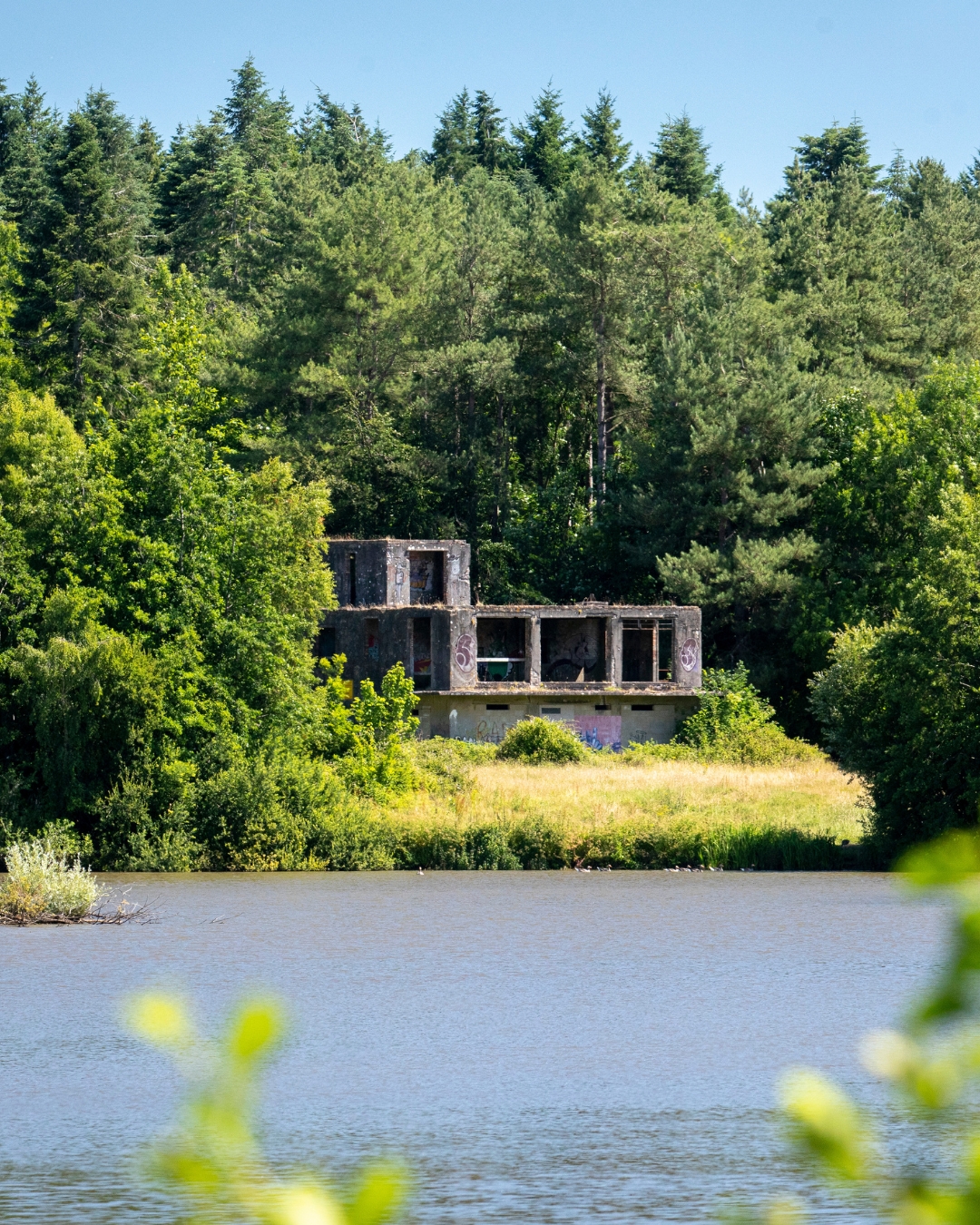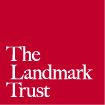How we choose our buildings
There are many stages to rescuing a building at risk and turning it into a Landmark that’s available to everyone for holidays.
The funds to make this happen must be raised entirely through donations. Much of this is donated by our supporters; we also work hard to raise money from trusts and foundations and other sources.
Landmark very rarely buys buildings, and then only when a building’s exceptional importance and peril unlock external funding to pay for its purchase. We also don’t generally let buildings owned or restored by others. We are a building preservation charity first and foremost, not a holiday letting agency.
Initial approach
There are three key criteria to be met for us to rescue a building for use as a Landmark:
- Is it important, and does it help Landmark represent the full breadth of British history and culture?
- Does it need us – can it only survive with our help?
- Is it somewhere nice to spend a holiday – once restored, can we make it financially sustainable?
Alongside this, we also consider how likely we are to be able to raise the money needed to save it.
The types of buildings we consider
We consider all types and ages of buildings. We also regularly review the Heritage at Risk Registers to identify target categories of at-risk buildings especially likely to be suitable for Landmark use. Our latest review in 2025 has prompted us to look out especially for:
- Buildings which illuminate aspects of history which are not traditionally represented or explored.
- Buildings connected to urban regeneration and/or in historic town centres
- Small and significant industrial buildings
- 20th century military structures
- Small vernacular buildings
We are also interested in contributing to the search for new uses for historic churches. We will go wherever a building’s need is greatest, but we are particularly on the lookout for projects in the North and in the Central & East Midlands, where we are currently less represented than other parts of England. We are also keen to broaden the cultural representation of our buildings.
If you believe your building meets our criteria and you would like us to consider it as a Landmark property, please email a few photos of its current condition and a brief description of its circumstances and why it needs our help to Alastair Dick-Cleland on [email protected] or post them to our Head Office at Shottesbrooke.

RAF Ibsley Watch Office in Hampshire
From Building at Risk to much-loved Landmark
A step-by-step guide to the process
-

1. Feasibility
If the site visit confirms the building’s potential for Landmark use, a Project Evaluation is commissioned. This gives a professional's view of the challenges of the project and a first estimate of cost.
-

2. Acquisition
We prefer freehold tenure, but many Landmarks are held on long repairing leases. Negotiation is needed on terms, access and services. Finally the building passes into our care.
-

3. Designing the scheme
The building is analysed, researched and recorded. An architect is chosen and draws up preliminary plans for its conservation and, if necessary, adaptation.
-

4. The tender process
A quantity surveyor draws up a Bill of Quantities and contractors are invited to submit their bids for the restoration contract.
-

5. Fundraising
Often we need to raise substantial amounts from individuals, as well as drawing up detailed applications to the National Lottery Heritage Fund, statutory bodies, businesses and grant-making trusts.
-

6. Conservation and adaptation
Once the funding is in place the chosen contractor can finally move on site, supervised by one of our in-house Surveyors as project manager. Main structural repairs are carried out. Often, the best-laid plans need adjustment as the building reveals its secrets. Kitchens and bathrooms are installed and painting, staining and polishing carried out before furnishing.
-

7. Furnishing
Much of the furniture is restored, adapted or specially made. Standard items like sofas and kitchen equipment are delivered. Curtains may be screen-printed with a motif from the building. The furnishing team move in to furnish the building.
-

8. Operational readiness
Our regional management team takes over the building, adding all the bits and pieces a guest might need in a Landmark and ensuring that everything works, all services are in place and that the building is ready for guests. Housekeepers are appointed from the local community. By this point, we will have already released bookings via the web and our Booking Office, with new photography, layout designs and guest information.
-

9. Completion as a Landmark
The History Album is completed: a unique record of the building's history and restoration. The first Landmarkers arrive for their holiday, their letting income supporting future maintenance. The building has been saved.
Frequently asked questions
How does Landmark acquire its buildings?
In its early days, Landmark was often able to acquire its buildings by purchase. Today this is very rare, and acquisition by purchase happens only in cases of exceptional merit coinciding with external funds, such as a statutory grant, or with a monetary bequest. Today, we are more likely to take on a building through gift, long lease or bequest. [Add link to bequests page?] Under these scenarios, we will raise the money required for restoration through a charitable appeal and then take full responsibility for onward maintenance, which is funded through the letting income. Very occasionally, we may let an exceptional building on behalf of its owners (who then retain responsibility for all restoration and maintenance costs). We are always happy to assess whether a building is suitable to become a Landmark. If you would like more information, please contact Alastair Dick-Cleland on [email protected].
Does Landmark buy buildings?
In Landmark’s early days, we were backed by our Founder’s private trust fund, so we do own the freehold of many of the buildings in our care. However, we no longer have such funding, nor an endowment or dedicated funds to be able to buy buildings. We do not buy buildings that will sell on the open market and therefore survive without our help. Very occasionally, usually tied to a specific building of the highest merit in great peril, grant aid may be forthcoming and we would then be able to buy the building in question. But this is the exception. We are always happy to assess whether a building is suitable to become a Landmark. If you would like more information, please contact Alastair Dick-Cleland on [email protected].
Do you ever take on buildings at risk outside Britain?
We have several buildings in Italy, but it’s very unlikely Landmark could ever become involved with buildings elsewhere. We wouldn’t have the fundraising capability or the operational infrastructure.
Does Landmark let buildings on behalf of others?
Landmark is not a letting agency and we do not generally let buildings already restored and furnished by others without any input from ourselves. We are always happy to assess whether a building is suitable to become a Landmark. If you would like more information, please contact Alastair Dick-Cleland on [email protected].
How can I submit a building for your consideration?
If you believe your building meets our criteria and you would like us to consider it as a Landmark property, please email a few photos of its current condition and a brief description of its circumstances and why it needs our help to Alastair Dick-Cleland on [email protected] or post them to our Head Office at Shottesbrooke.
Webinar: How to bag a Landmark
Learn more about the potentials process in this webinar with Landmark's Project Development Manager, Alastair Dick-Cleland.





